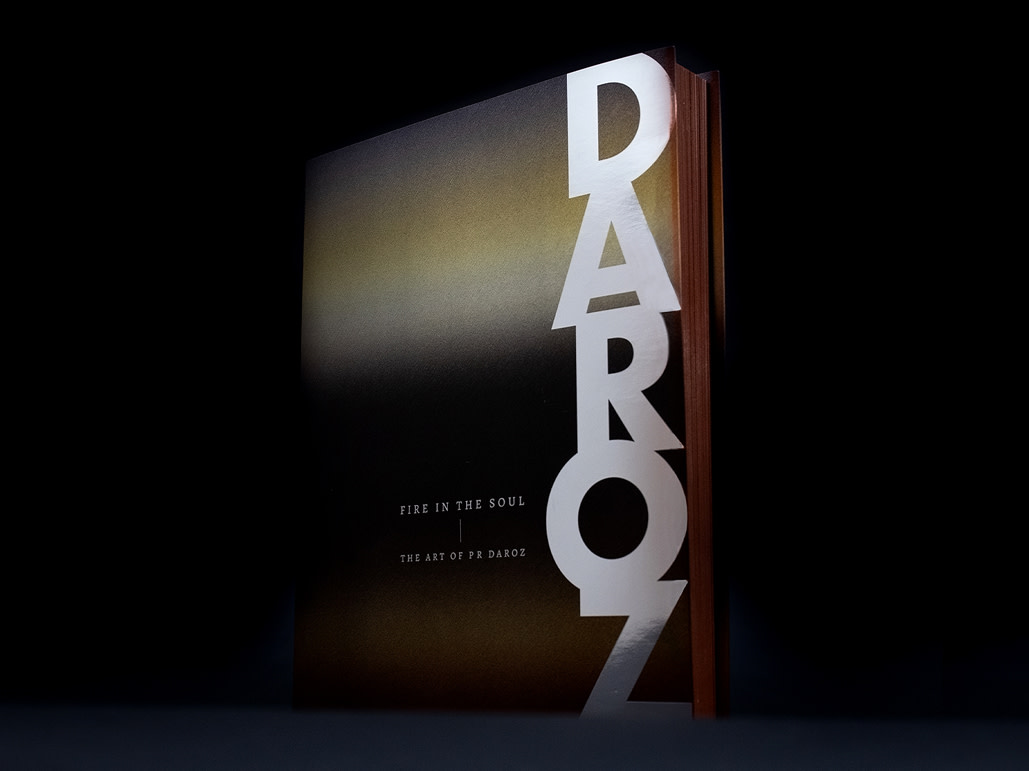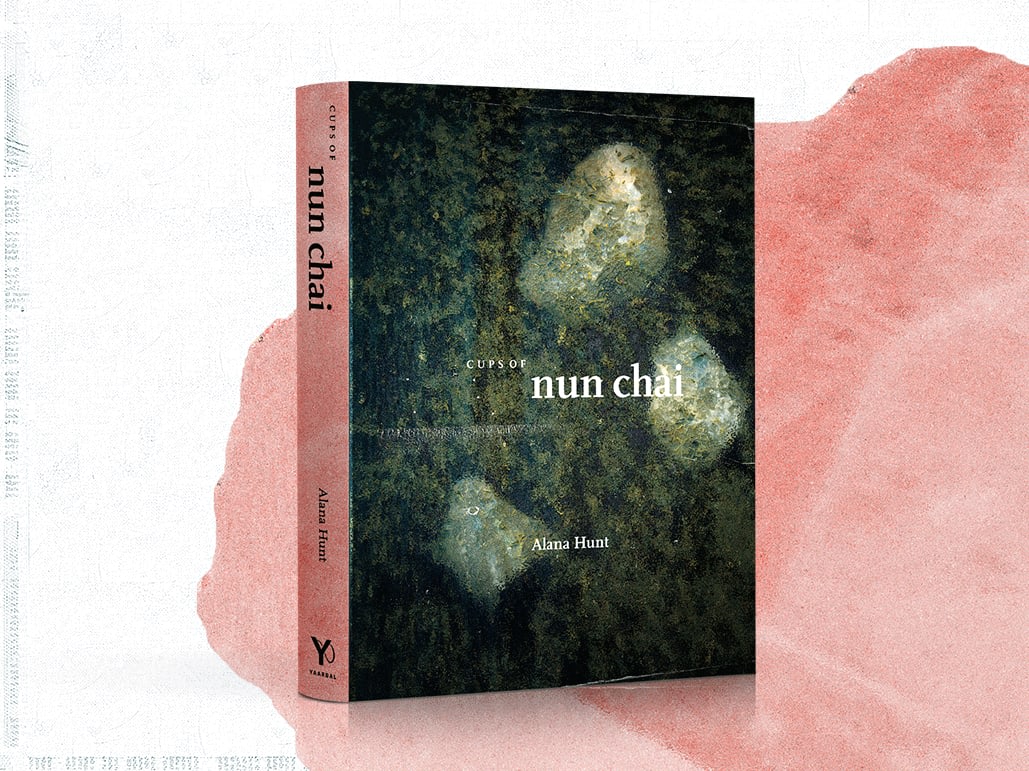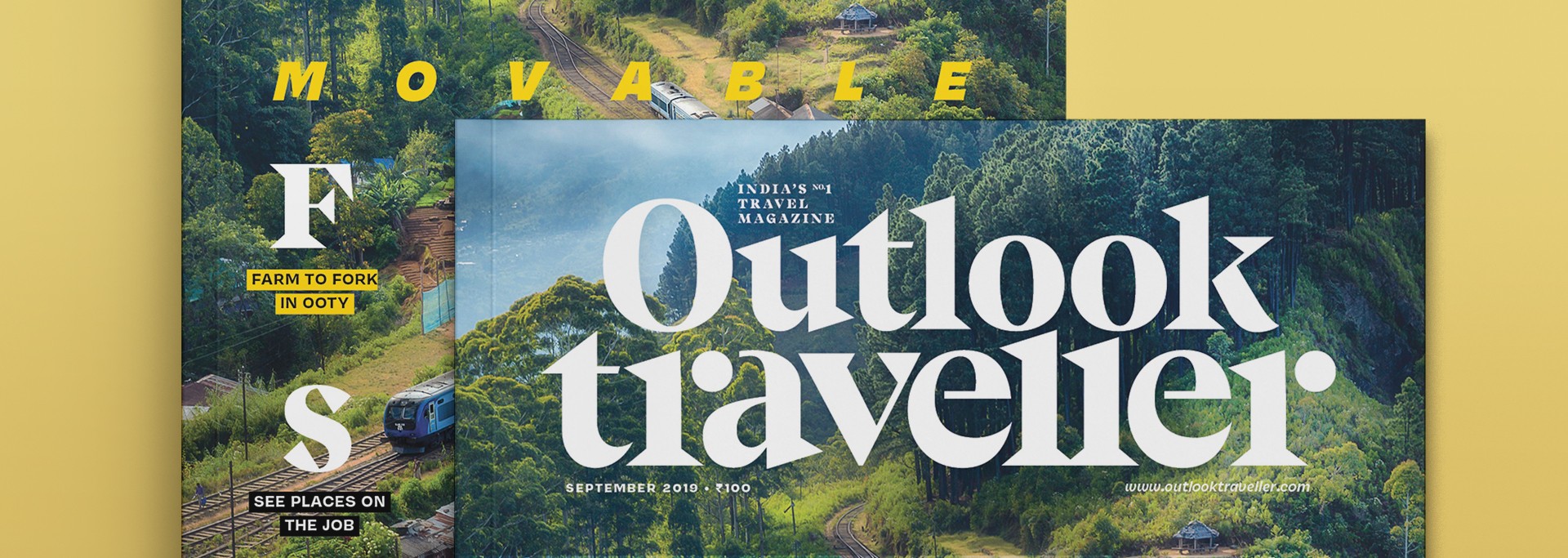Background
As a photobook, Witness collects the work of nine photojournalists whose work spans the three tumultuous decades that have made Kashmir—known as “Paradise on Earth”— just as famous as a disputed area, a theatre of war and a site of protest framed in its aspiration of ‘azaadi’ (independence).
Curated by a documentary filmmaker, himself a Kashmiri, the project rests on his interest in uncovering the work of these photojournalists, engaging with a conflict zone that they call home, yet being professional ‘witnesses’—giving the book its title.
Objective
Conceptualised during Kashmir’s unrest of 2016 (the aftermath of the killing of a militant commander by the armed forces) this book was an opportunity to departs from the expected Kashmir photo book, and reflect Kashmir’s complex and agitated state.
Unlike a news publication where these recurring images of violence appear individually and transiently, the challenge for the book was to create a cohesive narrative of Kashmir.
Structure
For the reader, this book intends to be a document compiling fragments of the lives of the Kashmiri people, that disturbs, moves and informs.
A careful edit of the images was done to reveal the ‘new normals’ of unrest in Kashmir, that is hidden from daily news, but is important to the story of resilience and sustained conflict.
As a document that gathers pieces of the personal as well as the collective memory of Kashmir and it’s people, the design attempts had to be evocative but not stray into becoming overtly sentimental, distracting from the journalism aspect of the images.
Design and Layout
The physical form of the book suggests a casefile, as if to collect and preserve for memory a bundle of evidence of the conflict, over the decades of 1986–2016. The design of the book as an object physically engages the reader, making him a part of the volatile and all consuming nature of life in a conflict. Gatefolds, postcards and foldouts form peaks of surprise, shock and unease within the level flow of the narrative. Varying formats, crops of images, and sub-narratives pace the narrative and in a cinematic manner, draw the reader closer or avert them.
A reference section, on yellow paper offers a detailed caption for each image. They are chronologically arranged and also refer to certain repetitive yet sustained subjects of Kashmir’s conflict like counterinsurgency, elections and disappearances.
Questioning the image of Kashmir, through the lens of photojournalistsWinner
Curated by Sanjay Kak, the project uncovers the work of nine photojournalists, spanning three tumultuous decades that have made Kashmir—known as “Paradise on Earth”— just as famous as a disputed area, a theatre of war and a site of protest framed in its aspiration of ‘azaadi’ (independence).



a reflection of kashmir’s complex, agitated state
Conceptualised during Kashmir’s unrest of 2016 this book departs from the expected Kashmir photo book, and reflects Kashmir’s complex and agitated state. Unlike a news publication where these recurring images of violence appear individually and transiently, the challenge for the book was to create a cohesive narrative of Kashmir.
revealing ‘new normals’ of unrest in kashmir
For the reader, this book intends to be a document compiling fragments of the lives of the Kashmiri people that disturbs, moves and informs. It gathers pieces of the personal as well as the collective memory of Kashmir and its people, the design had to be evocative but not stray into becoming overtly sentimental, distracting from the journalism aspect of the images.
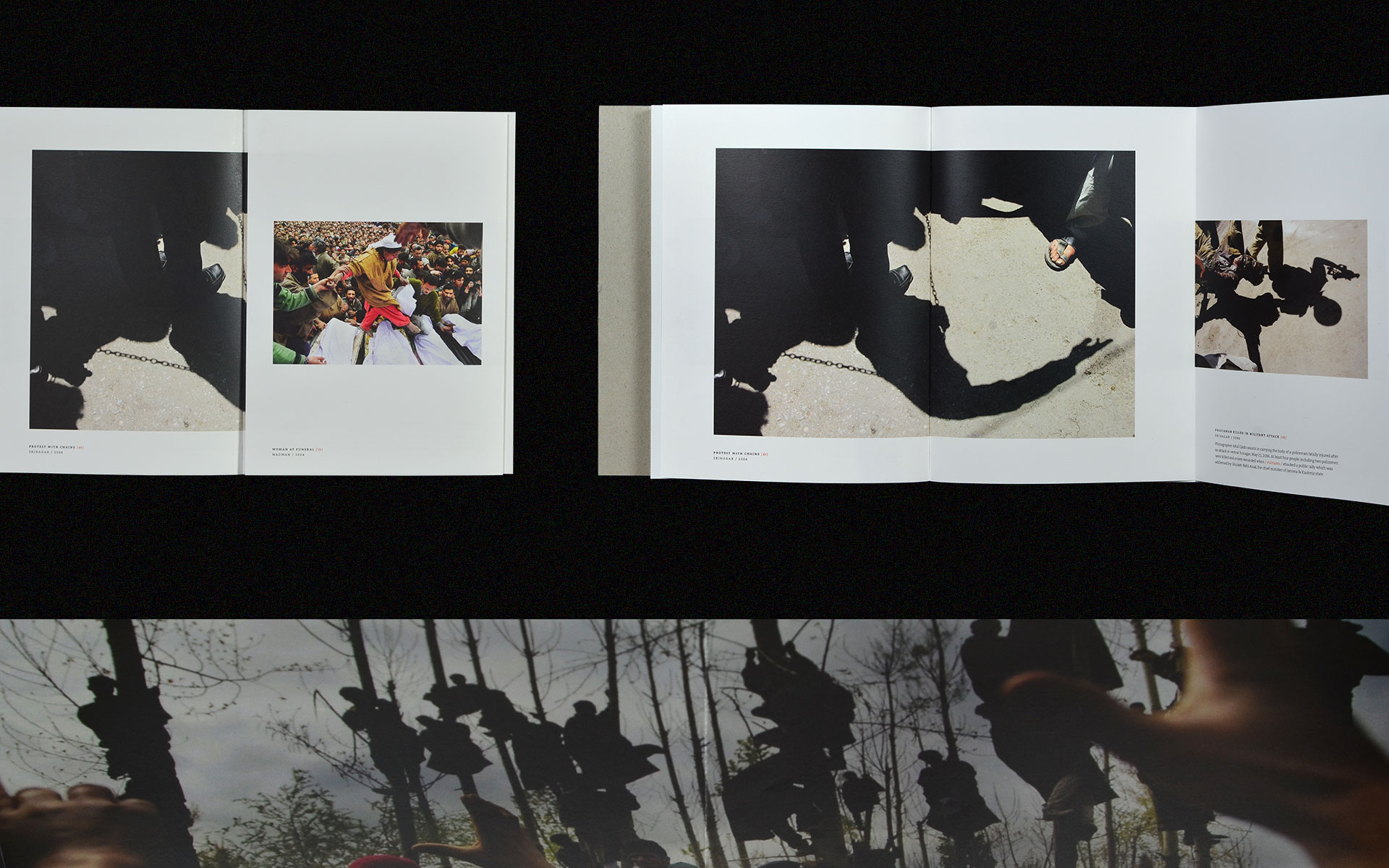

a case file, collecting and preserving memories over the decades of 1986–2016
The design of the book as an object physically engages the reader, making him a part of the volatile nature of life in a conflict. Gatefolds, postcards and foldouts form peaks of shock and unease within the level flow of the narrative. Varying formats, crops of images, and sub-narratives pace the narrative and in a cinematic manner, draw the reader closer or avert them.
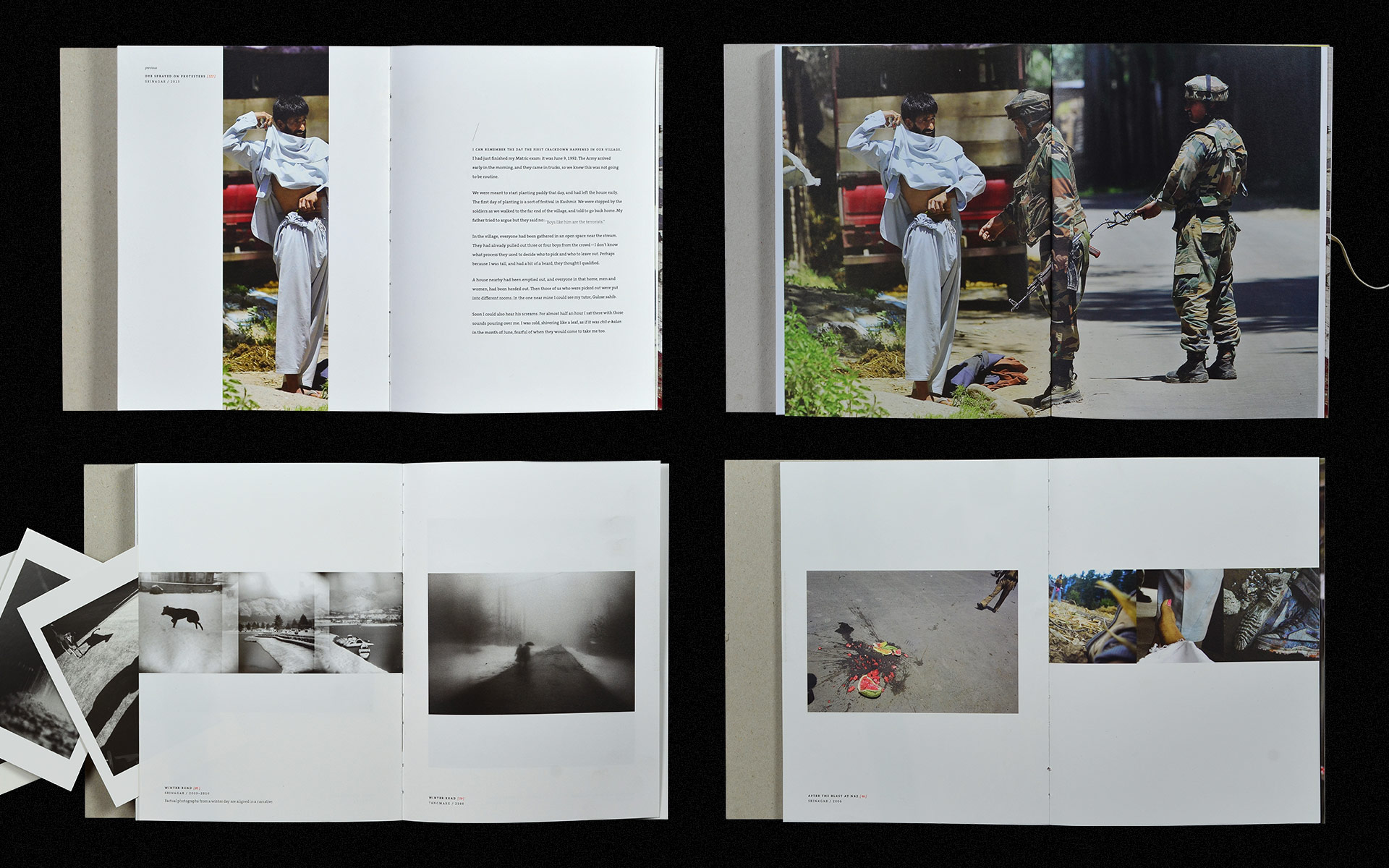
partner-in-charge itu chaudhuri | creative director & art director richa bhargava | design concept, development & production sukanya baskar | project duration 9 months


